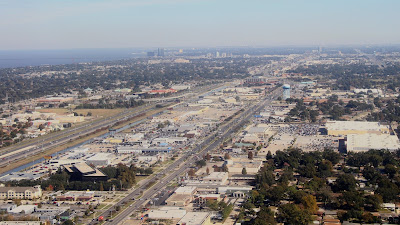Pyramids
"We do not build pyramids."
This one line of Junkspace gives meaning to its entirety. Koolhaas laments (quite angrily) that we overbuild in the 20th and 21st centuries, more than all previous generations combined, yet we will have little to show for it. Our built environment is a scene of smoke and mirrors; a conglomerate mass of insubstantial structures that will be demolished and replaced next week for the new wave of Junkspace. In this age of modernity we have failed to construct buildings that will stand the test of time; that will survive as monuments of this day in age.
I think this type of architecture is a solution to our problem of junkspace. Kahn's work is substantial. It evokes a sense of stability and assurance in an modern atmosphere of negligence. Koolhaas claims that "continuity is the essence of Junkspace." He regrets that the escalator, air-conditioning, and other modern day inventions that were created to make our lives easier actually work to remove us from reality. Though Kahn built in the time of many of these developments, his architecture does not rely on new technologies. Instead, the natural world is always incorporated into his buildings, whether in the form of natural light, natural ventilation, or access to nature. His architecture was not apologetic, but declares its presence in monumental forms and materials. Yet it does not continue on in an endless maze of interior space, it has a definitive edge that discourages expansion. He designed pyramids, a quality we lack today. Maybe this is our solution, or maybe I am just bias towards Louis Kahn..





Comments
Post a Comment